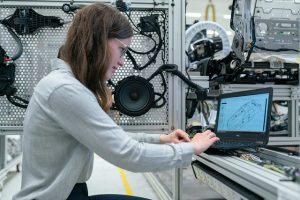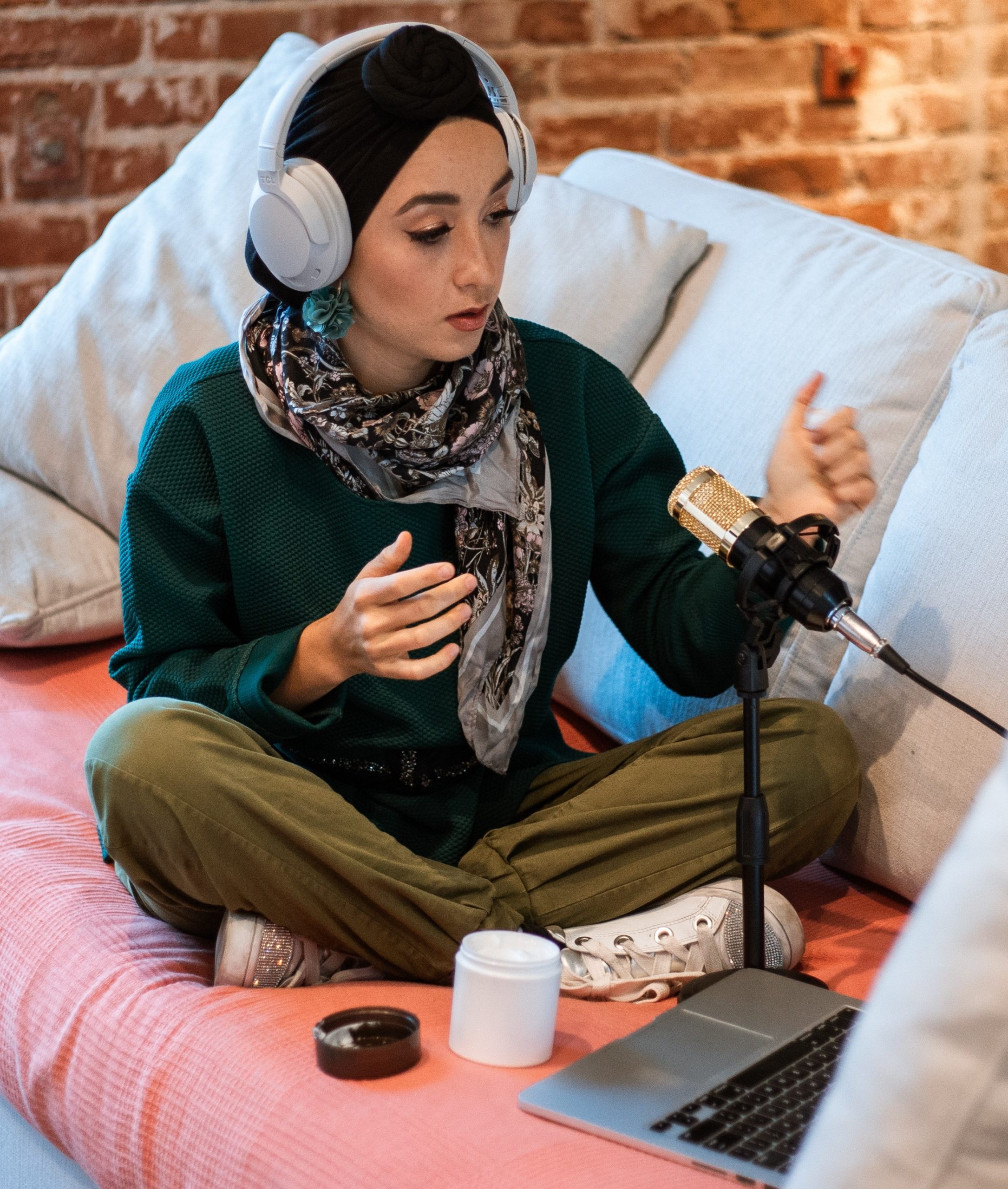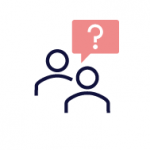What Do We Really Want To Know?
Scenario
Read through the scenario below and respond to the question. Use the arrows to navigate between slides.
Reflection
Reconnecting to the Purpose of Assessment
Viewing assessment as a means to promote learning in both discipline-specific and transferrable knowledge, skills, and attitudes opens the door to a variety of assessment strategies through which learners can demonstrate their abilities. How can we design an assessment strategy that supports learner achievement in online courses? In her keynote address “How to Make Assessment Work for You and Your Students”, Kristen Clarke outlines four key practices of assessment design that foster learning and success.
In the interactive element below, use the menu bar (☰) on the left or the arrows on the right to view the content on all 4 pages.
Reflection
Measuring Outcomes and Competencies
In today’s complex online learning environment, we need to be able to measure discipline-specific knowledge, higher-order thinking, transferable skills, and demonstrable competencies in ways that are equitable and inclusive. Moreover, we need to do so in a remote learning environment. Authentic and alternative assessment strategies offer solutions to these challenges.
Authentic and Alternative Assessments
Authentic Assessments: Measures of achievement linked to real-world tasks, challenges, and scenarios, often involving the production of a product or solution to a problem.
Alternative Assessments: Non-traditional, multimodal ways of measuring achievement of knowledge, skills, and attitudes. Digital media assignments are one type of alternative assessment.

Authentic assessments “involve students in the actual challenges, standards, and habits needed for success in the academic disciplines or in the workplace” (Wiggins, 1989). Authentic assessments are designed to measure higher-order cognitive skills, creativity and problem-solving abilities, and typically involve the production of a product or the proposal of a solution to a real-world problem. They are mainly learner-directed and offer elements of choice and personalization. In an authentic assessment, learners receive rich feedback as they develop their work. Outlines, drafts, or prototypes evaluate learning over the duration of the assessment. Module 2 explores the characteristics, benefits, and practical application of authentic online assessments.

Alternative online assessments may include the creation of videos, infographics, blogs, or other rich digital media. Through digital assignments, learners synthesize content knowledge with analysis and creative thinking. These assignments are engaging, promote the development of digital fluency skills, and allow learners to express their understanding through multiple modalities. In Module 3, we delve into the design and implementation of digital media assignments.
Selecting an Assessment Strategy

How do we choose between traditional and authentic / alternative assessment methods? Which type is the best way to evaluate and promote learning in online courses?
The answer to this question will depend on many considerations, both practical and pedagogical. These include not only the intended learning goals, but also the available technologies, required learner and instructor supports, time, and learner readiness. Keep in mind that balanced assessment strategies employ a variety of formative and summative assessment methods, and that your course may incorporate both traditional and authentic / alternative assessments. Regardless of the assessment method, be sure to include opportunities for meaningful feedback.
Scenario
Consider the following scenario. Use the arrows to navigate between slides.
Start by examining your course learning outcomes and reflecting on how your learner can best demonstrate those outcomes. The following activity will guide you through this process.
Activity
Continue on to the next modules to learn more about these assessment methods.

